INTRODUCTION:
The planets in our solar system are arranged in a specific order, starting with the one closest to the sun and moving outward: Mercury, Venus, Earth, Mars, Jupiter, Saturn, Uranus, Neptune, and there’s a possibility of another planet called Planet Nine.
Imagine the solar system as a sort of map. It begins at the sun and moves past four inner planets. Then, there’s a space with lots of asteroids called the asteroid belt. After that, there are four big planets made mostly of gases. Beyond these, there’s something called the Kuiper Belt, which looks like a flat disk. And even farther out, there’s a boundary known as the heliopause, shaped like a teardrop.
Scientists think that the edge of the solar system is about 9 billion miles (15 billion kilometers) away from the sun. Outside the heliopause, there’s a huge, round cloud of objects called the Oort Cloud. This cloud surrounds the solar system like a protective bubble.
From 1930 onward, children were taught that our solar system had nine planets after Pluto was discovered. However, things shifted in the late 1990s when astronomers began debating whether Pluto really qualified as a planet. This debate led to a controversial conclusion in 2006 by the International Astronomical Union, which classified Pluto as a “dwarf planet.” As a result, the number of recognized planets in the solar system was reduced to eight.
If you decide to count Pluto, it would be listed after Neptune. Pluto’s position is quite distant, and it follows a tilted and elongated path around the sun. These are some of the reasons why it was reclassified.
Nonetheless, astronomers are actively searching for another potential planet within our solar system. This would be the actual ninth planet. The idea of this “Planet Nine,” also referred to as “Planet X,” emerged after mathematical clues about its existence were unveiled on January 20, 2016. This hypothetical planet, if it exists, is believed to be roughly ten times the size of Earth and significantly larger than Pluto, around 5,000 times more massive.
TYPES OF PLANETS IN THE SOLAR SYSTEM
The first four planets that are closest to the sun – Mercury, Venus, Earth, and Mars – are often known as the “rocky planets” because their surfaces are made of solid material. Pluto also has a rocky surface, but it’s frozen. Even so, it’s not typically grouped with these four rocky planets.
The other four large planets farther from the sun – Jupiter, Saturn, Uranus, and Neptune – are sometimes called the “giant planets” or “gas giants.” This is because they’re much bigger than the rocky planets and are mostly composed of gases like hydrogen, helium, and ammonia. Unlike the rocky planets, they don’t have solid surfaces that we can stand on. However, scientists think that underneath their gas layers, there might be solid cores.
Jupiter and Saturn are often referred to as gas giants, while Uranus and Neptune, which are farther away, are called ice giants. The reason for this is that Uranus and Neptune have a higher amount of water and other molecules that can turn into ice, like methane, hydrogen sulfide, and phosphene. These molecules freeze into clouds because of the extremely cold temperatures on these planets. To give you an idea, methane turns into solid crystals at a super chilly temperature of minus 296 degrees Fahrenheit (minus 183 degrees Celsius), as explained by the U.S. National Library of Medicine.
What is a planet?
The International Astronomical Union (IAU) gives a specific description of a true planet. According to their criteria, a planet is an object that orbits the sun and is not just a moon or satellite of another object. It should also be big enough for its gravity to shape it into a round shape. However, it shouldn’t be so massive that it starts to generate energy through nuclear fusion, like a star does. Additionally, a planet should have cleared most of the other things in its path as it goes around the sun.
This strict definition caused a challenge as astronomers found more things that seemed like planets in our solar system. Pluto was one of those things that didn’t meet all these criteria, so it was reclassified as a dwarf planet instead of a full-fledged planet.
Pluto has some issues that caused its status as a planet to be questioned. Besides being small and having an unusual orbit, it doesn’t tidy up the area around its path like a planet should. Instead, it shares its space with many other objects in the Kuiper Belt. This is why some people still disagree with the decision to call Pluto a dwarf planet instead of a full planet.
The definition set by the International Astronomical Union also classified other small, round celestial bodies as dwarf planets. This group includes objects like Eris, Haumea, and Make make, which are found in the Kuiper Belt.
Ceres, a round object located in the Asteroid Belt between Mars and Jupiter, was also excluded from the planet category. When it was first found in 1801, Ceres was seen as a planet, but later it was labeled an asteroid. However, this classification didn’t quite match because Ceres was much bigger and more spherical than the typical asteroids.
In 2006, astronomers decided to call Ceres a dwarf planet. Some astronomers even prefer to think of Ceres as a potential 10th planet, though this is distinct from ideas like Nibiru or Planet X.
Here’s a quick summary of the eight real planets in our solar system, listed from the one nearest to the sun to the one farthest away from the sun.
Eight planets of our solar system
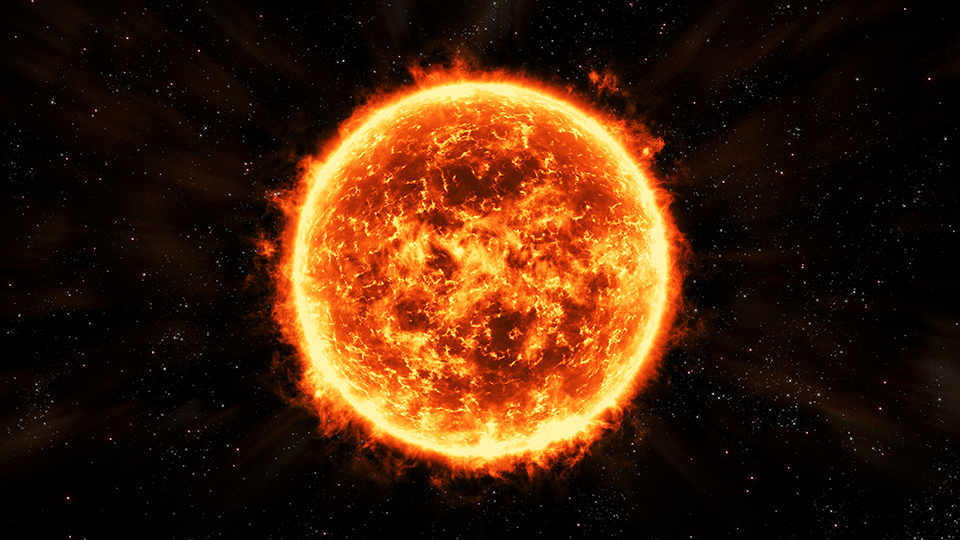
The sun
The sun is the biggest thing in our solar system, making up 99.8% of its total weight. It sends out the heat and light that are crucial for life on Earth and maybe even on other planets. The planets go around the sun in paths that are shaped like ovals, called ellipses. The sun isn’t exactly in the centre of each oval.
NASA has a bunch of spacecraft that watch the sun, like the Parker Solar Probe. They’re doing this to figure out what the sun is made of and to become better at predicting things like space weather and how it impacts our planet.

mercury
Mercury is the planet that’s closest to the sun, and it’s actually smaller than our own moon. It moves super quickly around the sun, taking just 88 days for one orbit. It’s so near to the sun that it’s only about two-fifths of the distance between Earth and the sun.
Mercury has a really thin atmosphere, made mostly of oxygen, sodium, hydrogen, helium, and potassium. This thin layer can’t shield the planet from meteors, so its surface is covered in craters, similar to the moon.
During its four-year mission, NASA’s MESSENGER spacecraft made some amazing discoveries that surprised astronomers. One of the surprises was finding water ice and frozen organic materials at Mercury’s north pole. Another fascinating find was that volcanoes played a big part in shaping the way the planet’s surface looks.
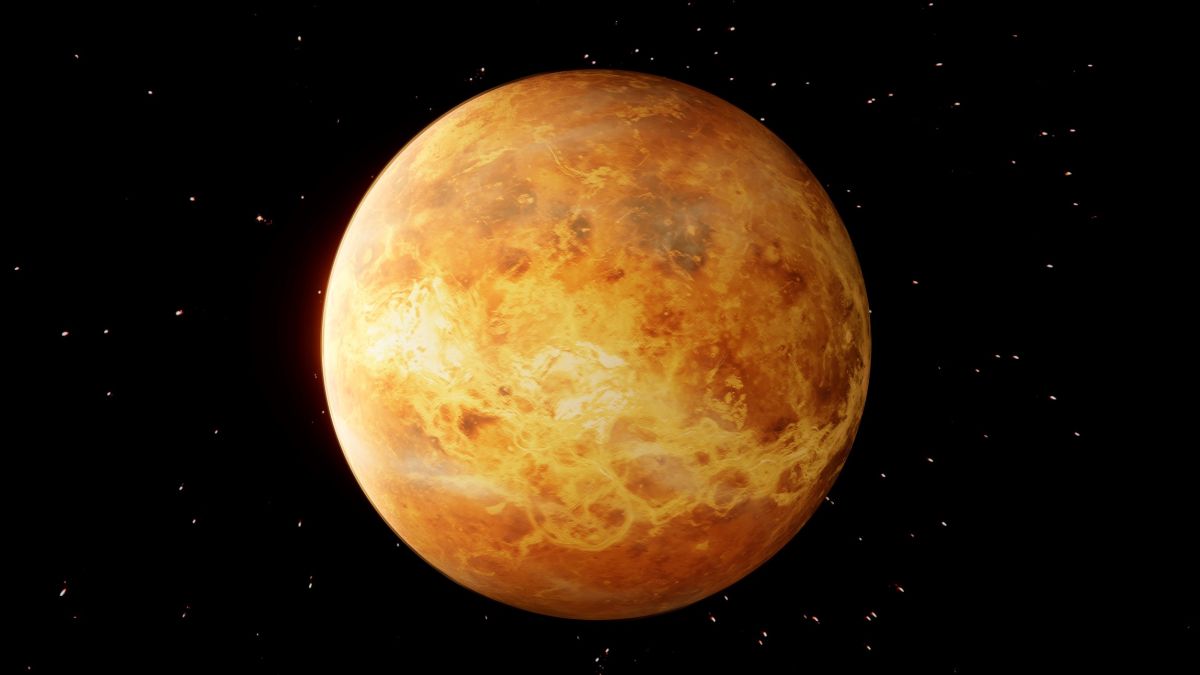
venus
Venus is the second planet from the sun, and it holds the record for being the hottest planet in our solar system. The air around Venus is really thick and full of poisonous stuff, like clouds made of sulfuric acid. This planet shows us an intense example of the greenhouse effect, where heat gets trapped and makes things super hot.
Venus has an average surface temperature of 900 degrees Fahrenheit (465 degrees Celsius), which is incredibly hot. If you were standing there, the pressure from the atmosphere would be so strong at 92 times what we experience on Earth that it would be deadly.
One interesting thing is that Venus spins in a peculiar way – from east to west. This is opposite to the direction in which most other planets in our solar system rotate.
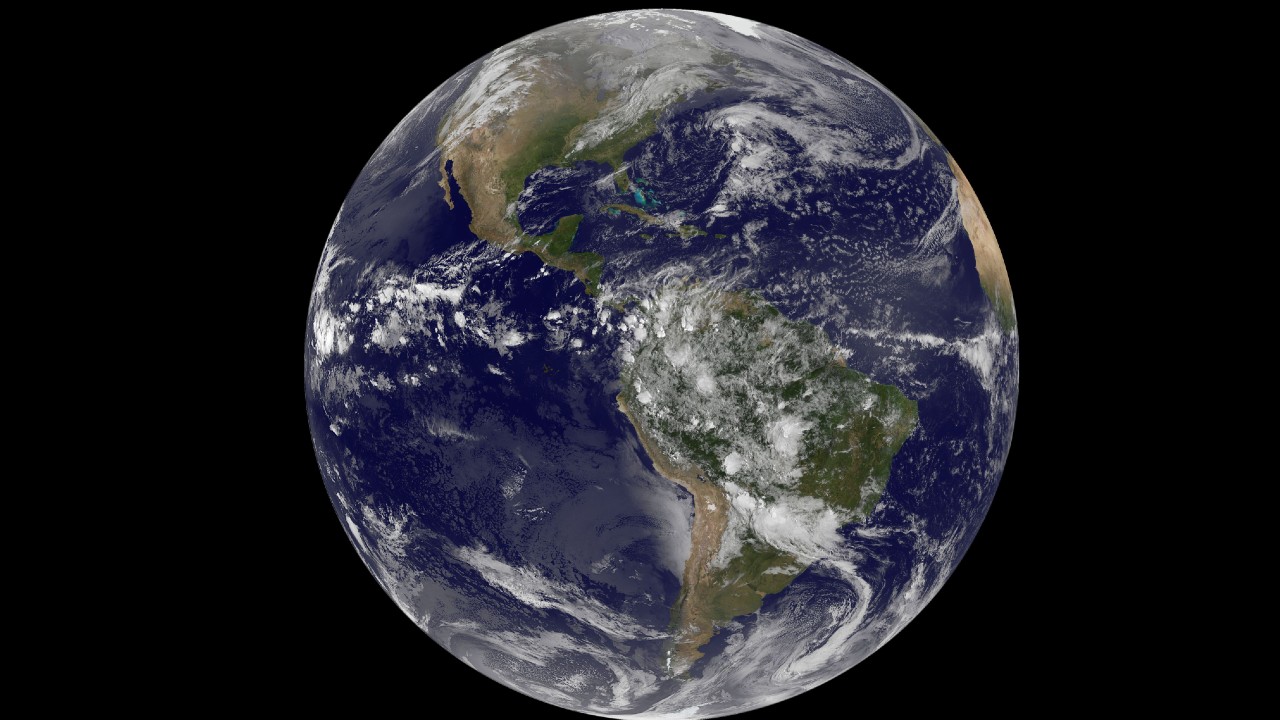
Our earth
Our home planet is Earth, and it’s the third one from the sun. Earth is like a big water planet, with about two-thirds of its surface covered by oceans. The air around us, called the atmosphere, has lots of nitrogen and oxygen, which are important for us to breathe. What’s really special about Earth is that it’s the only place we know of where life exists.
The planet we call home is Earth, and it’s the third planet counting from the sun. Earth is a bit like a huge water world, with roughly two-thirds of its surface covered by oceans. The layer of air surrounding us, called the atmosphere, contains plenty of nitrogen and oxygen, which we need to breathe. What makes Earth really unique is that it’s the only spot we know of where life has been discovered.
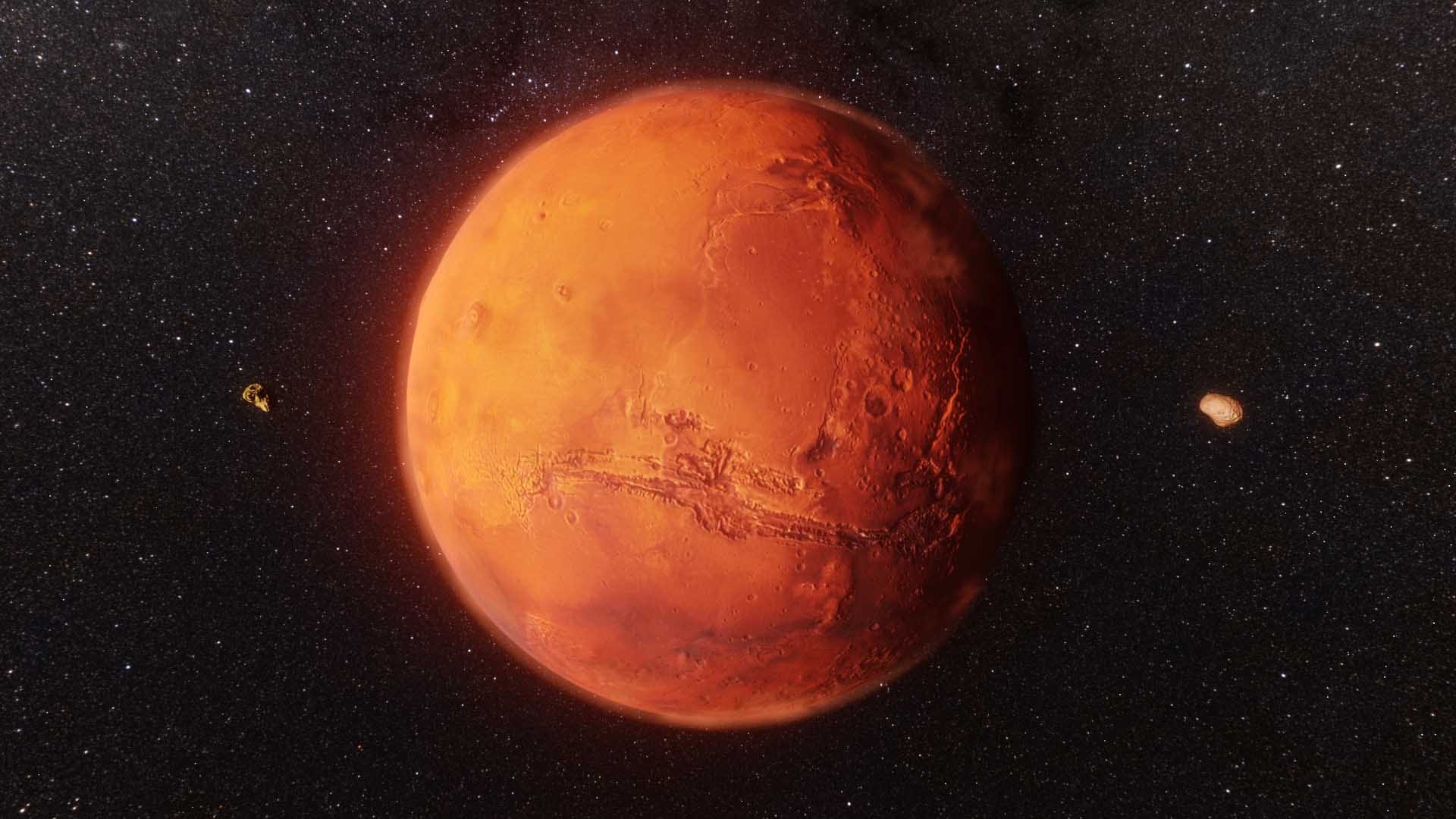
mars
Mars is the fourth planet away from the sun. It’s a chilly, desert-like place coated in dust made of iron oxide, which gives it that famous red color. Mars has some things in common with Earth: It’s rocky, with mountains, valleys, and deep canyons. It even has different kinds of storms, like small tornado-like dust devils and huge dust storms that can cover the entire planet.
There’s strong scientific proof that Mars used to be a lot warmer and wetter billions of years ago. It’s believed that there were rivers and possibly even oceans on the planet back then. Even though Mars doesn’t have enough atmosphere to keep liquid water stable on its surface now, there are leftovers from its wetter past. Huge sheets of frozen water, similar in size to the state of California, are hidden beneath the surface. Also, at the poles of Mars, there are caps made of frozen water mixed with other stuff.
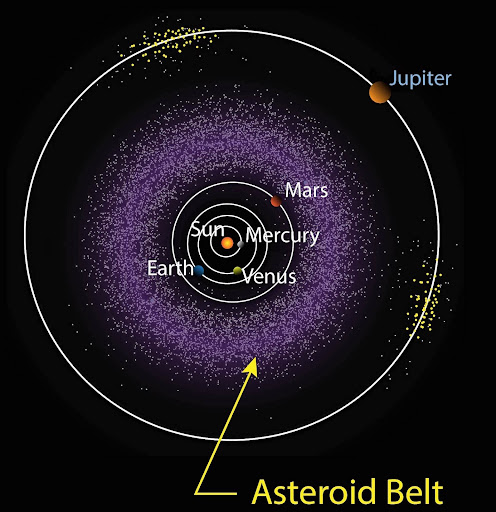
THE ASTEROID belt
Between Mars and Jupiter, there’s a region called the asteroid belt. It’s like a space neighborhood with lots of small planets called asteroids. NASA estimates there are around 1.1 to 1.9 million asteroids in this belt that are bigger than 0.6 miles (1 km) wide, and many more that are even smaller.
One of the residents here is a dwarf planet named Ceres. It’s about 590 miles (950 km) wide. Some of these asteroids have paths that bring them closer to the centre of the solar system, and sometimes they end up colliding with Earth or the other inner planets.
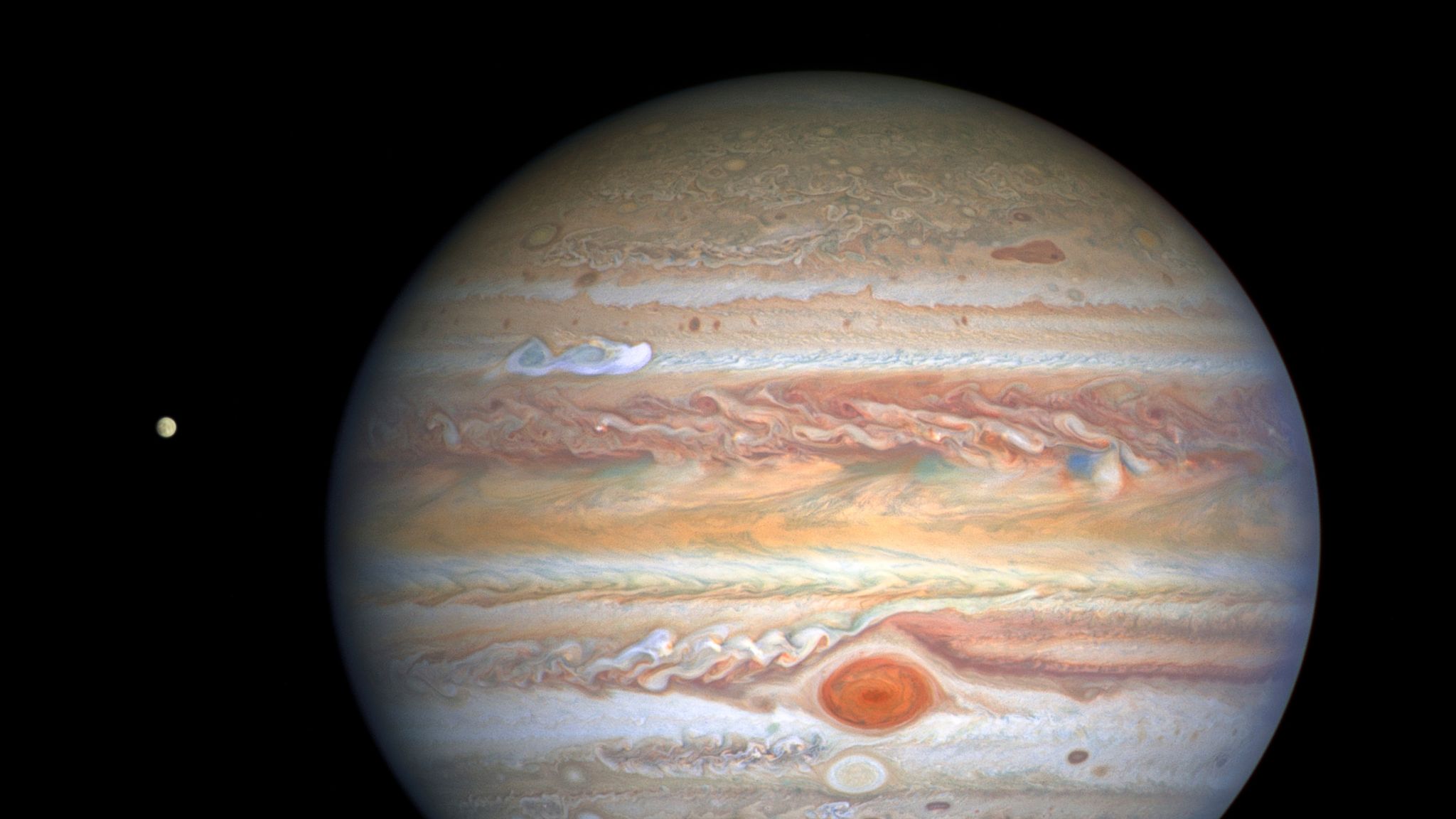
JUPITER
Jupiter sits as the fifth planet away from the sun and holds the title for being the biggest planet in our solar system. This massive gas giant is more than two times heavier than all the other planets combined, as explained by NASA.
Jupiter, the fifth planet from the sun, is known for a remarkable sight in its swirling clouds called the Great Red Spot. This enormous storm is over 10,000 miles wide and was spotted back in 1831 by a hobby astronomer named Samuel Heinrich Schwabe. This gigantic storm has been raging at speeds of over 400 miles per hour for at least 150 years.

SATURN
Saturn, the sixth planet from the sun, is well-known for having a big and unique set of rings around it. But remember, Saturn isn’t the only planet in our solar system with rings.
Back in the early 1600s, a really smart person named Galileo Galilei looked at Saturn and got a bit confused. He thought he saw three separate things: a planet and two big moons on each side. But he didn’t realize he was actually looking at a planet surrounded by rings. He drew a little picture in his notebook, using one big circle and two smaller ones, to show what he saw. It took more than 40 years for another clever person named Christiaan Huygens to figure out that those things around Saturn were actually rings.
The rings around Saturn are built from a mix of ice and rock. Scientists are still trying to understand exactly how these rings came to be. Saturn itself is mostly made of gases like hydrogen and helium, and it also has a bunch of moons orbiting around it.
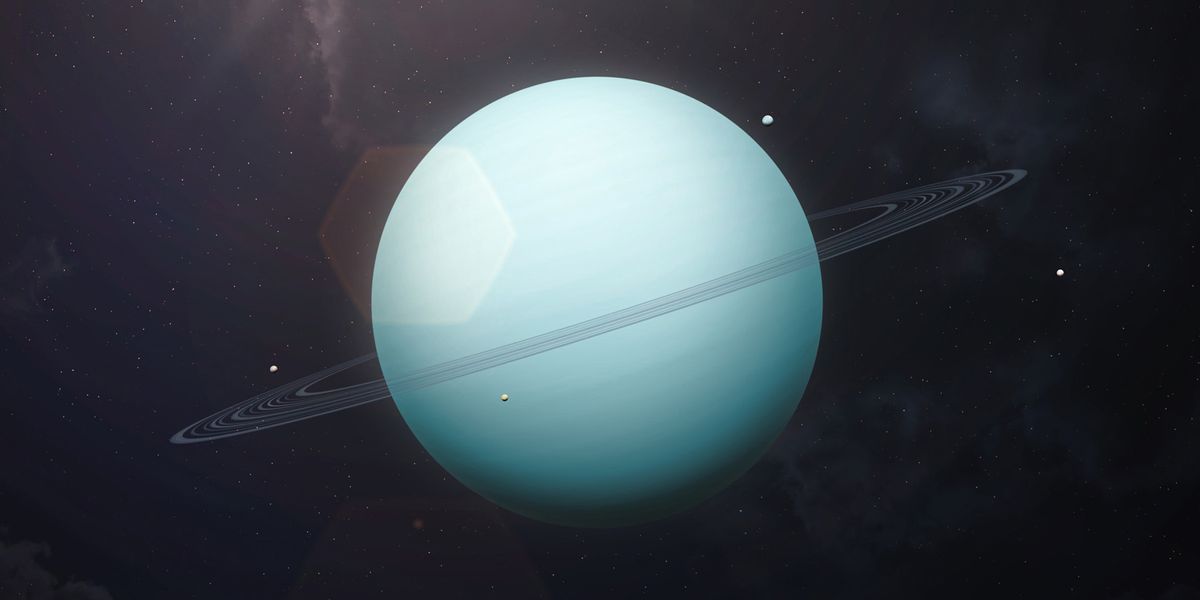
URANUS
Uranus is the seventh planet away from the sun, and it’s a bit of an unusual character.
About 4 billion years ago, scientists think that Uranus got into a collision with something twice as big as Earth. This crash made Uranus tip over, which is why it’s tilted in a strange way. Because of this tilt, Uranus experiences really long seasons that last over 20 years each. Also, the sunlight focuses on one of its poles for about 84 Earth-years before moving to the other pole.
Uranus has earned the title for being the coldest place ever recorded in our solar system, with a temperature as freezing as minus 371.56 degrees Fahrenheit (minus 224.2 degrees Celsius). On a regular basis, Uranus stays pretty chilly, with an average temperature of around minus 320 degrees Fahrenheit (about minus 195 degrees Celsius).

NEPTUNE
Neptune, which is the eighth planet from the sun, takes the title for being the chilliest planet on average in our solar system. Up in the upper clouds of Neptune, the temperature averages around minus 346 degrees Fahrenheit (about minus 210 degrees Celsius).
Neptune and Uranus are about the same size, and Neptune is famous for having really fast and powerful winds. This planet is positioned more than 30 times farther away from the sun compared to Earth.
Before Neptune was actually seen, scientists used math to figure out it was there. A French astronomer named Alexis Bouvard noticed that Uranus wasn’t moving as expected. He thought maybe another planet’s gravity was causing this. Then, a German astronomer named Johann Galle used calculations to point a telescope in the right spot and found Neptune. Neptune is way bigger than Earth – about 17 times heavier – and it has a solid center.
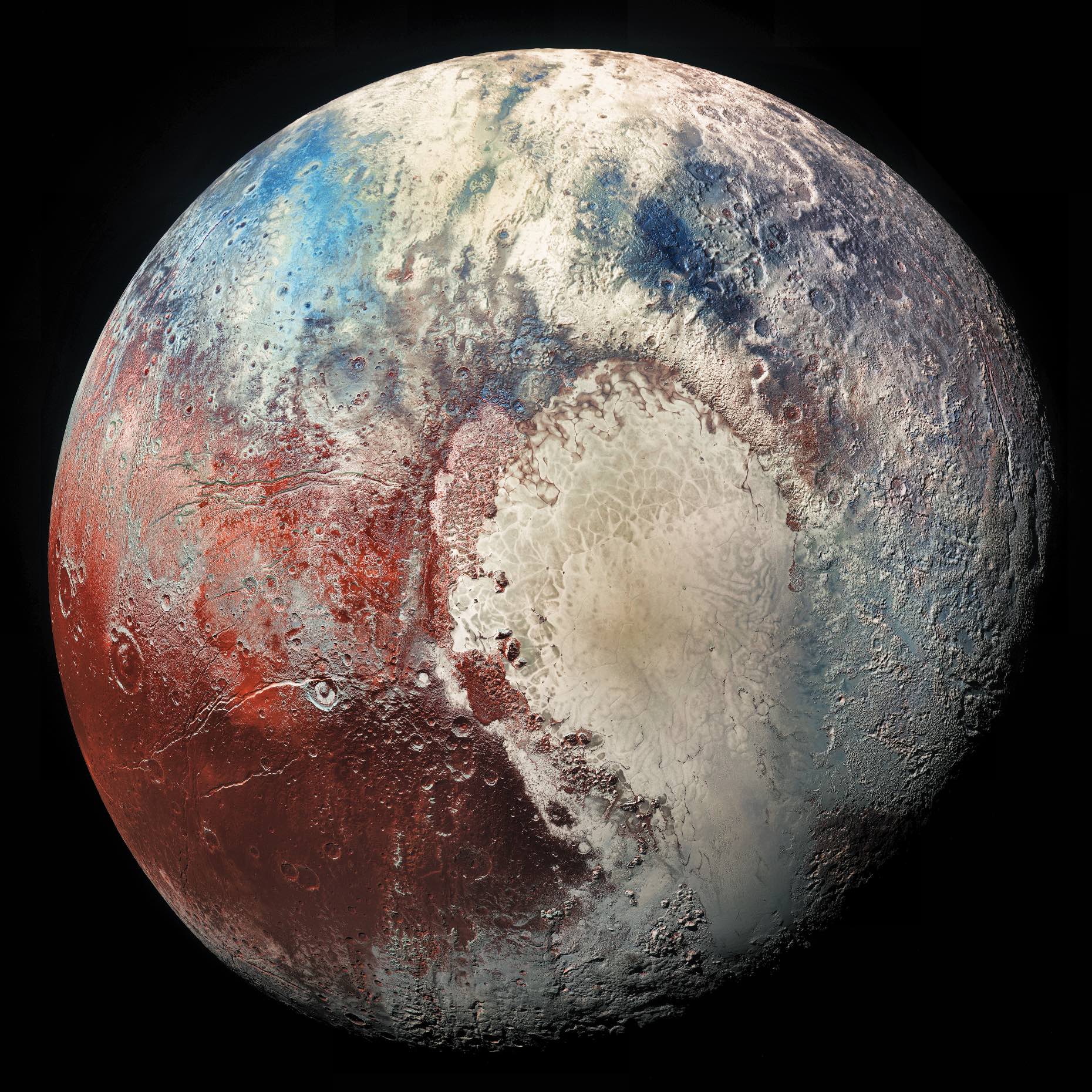
pluto
Pluto used to be known as the ninth planet in our solar system, and it stands out because it’s quite different from all the other planets.
Pluto is tinier than Earth’s moon. The path it takes around the sun is quite stretched out, like an oval, sometimes going inside Neptune’s orbit and sometimes way outside it. What’s more, Pluto doesn’t follow the same flat track as the rest of the planets. Instead, it tilts about 17.1 degrees up or down from that flat path.
At first, scientists figured Pluto could be just a rock hanging out on the edges of our solar system. But everything changed when NASA’s New Horizons mission flew by Pluto on July 14, 2015. This historic event completely shifted how scientists saw and understood Pluto.
Pluto is a lively place made mostly of ice. It’s covered in frozen rivers, mountains made of ice water, icy sand dunes, and it might even have icy volcanoes that erupt frozen lava, like water, methane, or ammonia.
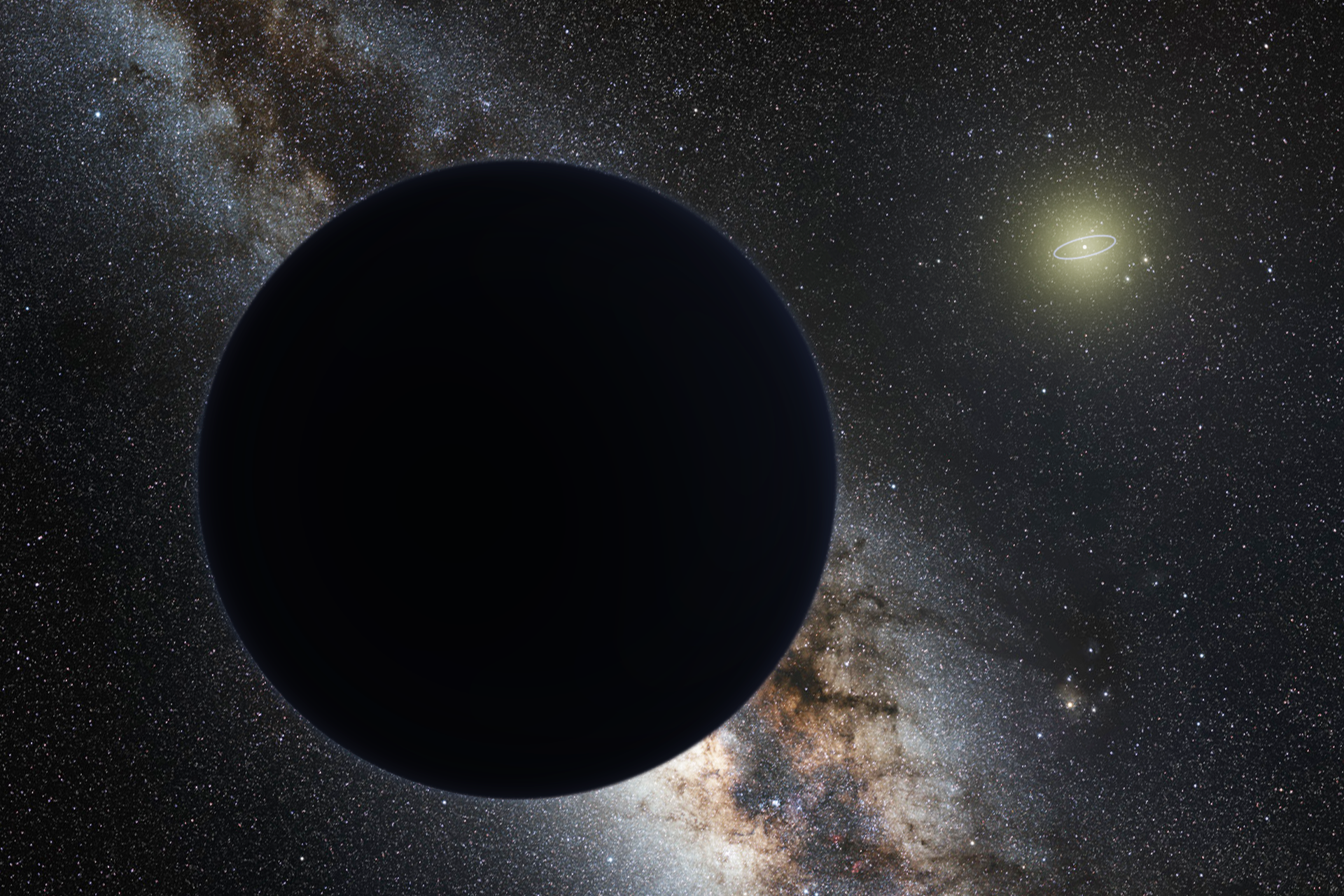
planet nine
In 2016, scientists suggested that there might be a ninth planet in our solar system, and they gave it the name “Planet Nine” or sometimes “Planet X.” This planet could be around 10 times heavier than Earth and might travel in an orbit that’s way farther from the sun – somewhere between 300 and 1,000 times the distance Earth is from the sun.
Planet Nine hasn’t been directly spotted by scientists. Instead, they figured out it might be there because of how it affects other things in the Kuiper Belt. This belt is like the solar system’s edge and holds icy rocks from its early days. These rocks, also known as trans-Neptunian objects, have orbits shaped like ovals and they all line up in a similar way, which got scientists thinking about Planet Nine.
formation of solar system
About 4.5 billion years ago, a big cloud of gas and dust started to squeeze together. As it got smaller, this cloud turned into a spinning disk called a solar nebula, as explained by NASA Science.
As time passed, the heat and pressure in this cloud got really intense. This caused hydrogen atoms to stick together and create helium. These nuclear reactions let out a huge amount of energy, and that’s how our sun came into existence.
Most of the stuff in this cloud, about 99%, got pulled together by the sun’s gravity. The rest of the material, farther away, formed smaller groups in the spinning disk. Some of these groups got big enough that their gravity shaped them into round shapes, becoming planets, dwarf planets, and moons. The leftover bits turned into things like asteroids, comets, and smaller moons, which together make up our solar system.
For thousands of years, people have been observing points of light that seemed to move around among the stars. The ancient Greeks gave them a name, calling them “planets,” which means “wanderers.” In the old times, they knew about Mercury, Venus, Mars, Jupiter, and Saturn. Then, when telescopes were invented, we discovered more things like the Asteroid Belt, Uranus, Neptune, Pluto, and the moons around these worlds.
As we entered the era of space exploration, we sent out many spacecraft to explore our solar system. This exciting journey is still going on today. Up until now, there have been five things that we humans have created – Voyager 1, Voyager 2, New Horizons, Pioneer 10, and Pioneer 11 – that have traveled so far that they’ve crossed into the space between stars.


